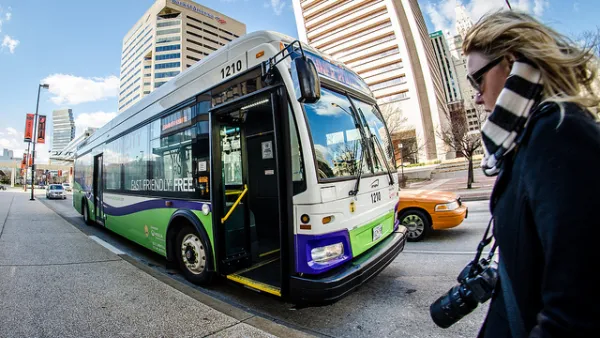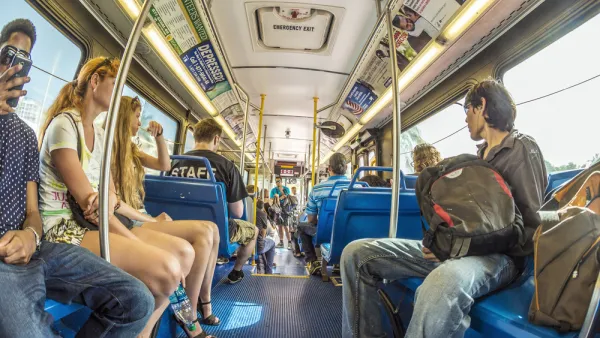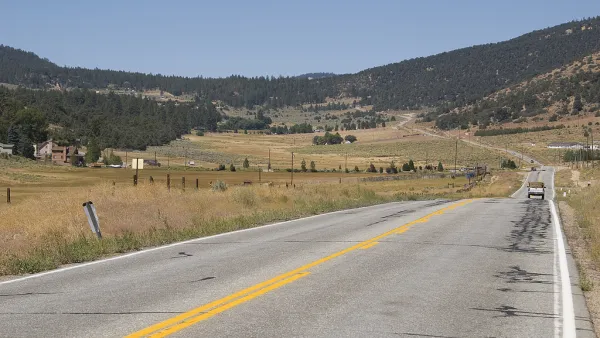Not only are transit systems subsidized, but so are America's roads. While some advocate for the reduction of road subsidies to better incentivize transit use, Josh Barro argues for more effective ways to make mass transit work better.
Barro, writing in City Journal, points out the sometimes conflicting arguments regarding transit subsidies versus those of road subsidies, finding that roads require a much lower subsidy than transit, at ~8% and ~41-55%, respectively. "More important is that the 41-to-55-percent figure is misleading: it refers only to the cost of roads, not to the total cost of driving," says Barro, "[t]hat total cost includes not only public spending on roads but also a host of private purchases-of cars themselves, maintenance, gas, and insurance."
"All told, then, $1.08 trillion was spent on road travel, with government subsidies providing only $83 billion of the total. That's a subsidy of less than 8 percent," writes Barro, who argues against the commonly-held concept that eliminating these subsidies will encourage greater transit use. "An end to road subsidies would raise gasoline prices by about 50 to 60 cents a gallon. Over the last decade, fuel prices rose much more sharply than that, which led to a modest reduction in vehicle-miles traveled, but there hasn't been any sea change in our transportation practices."
Instead, he argues for a drastic change in the way Americans approach planning and zoning. Leveraging the fact that properties near transit increase property values and, therefore, property taxes, Barro believes "[c]ities should allow dense development, collect the property taxes that are generated, and use them to finance transit."
FULL STORY: Autonomy

Analysis: Cybertruck Fatality Rate Far Exceeds That of Ford Pinto
The Tesla Cybertruck was recalled seven times last year.

National Parks Layoffs Will Cause Communities to Lose Billions
Thousands of essential park workers were laid off this week, just before the busy spring break season.

Retro-silient?: America’s First “Eco-burb,” The Woodlands Turns 50
A master-planned community north of Houston offers lessons on green infrastructure and resilient design, but falls short of its founder’s lofty affordability and walkability goals.

Test News Post 1
This is a summary

Analysis: Cybertruck Fatality Rate Far Exceeds That of Ford Pinto
The Tesla Cybertruck was recalled seven times last year.

Test News Headline 46
Test for the image on the front page.
Urban Design for Planners 1: Software Tools
This six-course series explores essential urban design concepts using open source software and equips planners with the tools they need to participate fully in the urban design process.
Planning for Universal Design
Learn the tools for implementing Universal Design in planning regulations.
EMC Planning Group, Inc.
Planetizen
Planetizen
Mpact (formerly Rail~Volution)
Great Falls Development Authority, Inc.
HUDs Office of Policy Development and Research
NYU Wagner Graduate School of Public Service




























